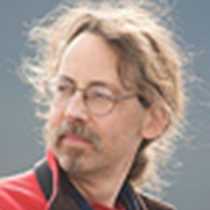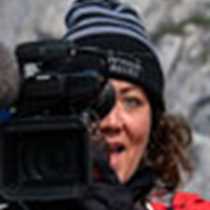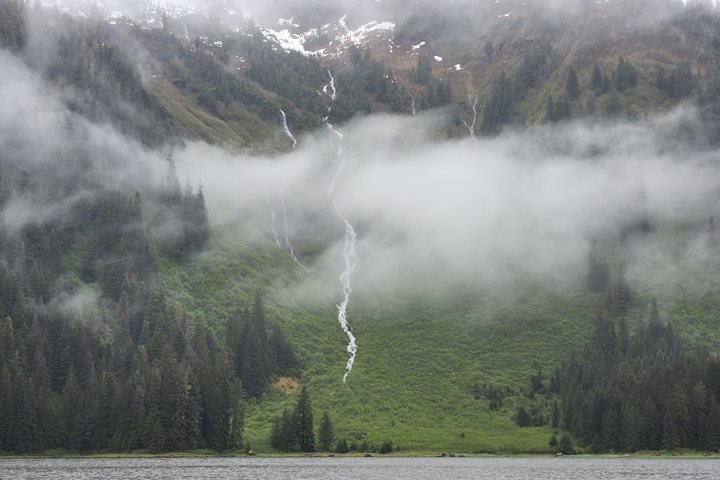We awoke in Endicott Arm, one of a pair of fjords cut deeply into the Coast Range. While all waterways in Southeast Alaska are fjords, some might say that these are the most spectacular. This is because of the bedrock into which they have been carved. Much of Southeast is accretionary, rock scraped from the seafloor and plastered to North America’s edge. But deep in the mountains one finds plutonic rock – granite and its allies. This rock, resistant to erosion, has been sculpted by ice into the grandest scenery around.
And we had a marvelous day on which to enjoy it. Early in the morning we crept through thick fog, but by breakfast this had burned off to reveal deep blue sky. Snowy peaks looked blindingly white in the sunshine. Brightly lit cliffs towered all around us. Deep shadows accentuated striations that scored their sides. Icebergs gleamed. Some were vast, looking like buildings or landscapes, others were diminutive, like lacey swans. And at last we saw their source – the Dawes Glacier. This river of ice runs down from the peaks along the Canadian border, carrying a bit of winter down to the moderate Northwest Coast.
Soon we were in small boats nearing the glacier. We passed waterfalls, frothy and booming, and great rounded hills of bare rock. We found harbor seals resting on some of the bergs. On such a sunny day, the idea of warming up by lying on an iceberg seemed not such a preposterous idea. Seals haul out to raise their pups, so we were carful to give them plenty of room. Gulls circling near the glacier’s face were all we had to perceive the glacier’s size. They looked tiny, and no wonder – the icy wall behind them rose the height of a twenty-five story building. Calving, though not quite epic in scale, was satisfying never the less. Blocks of ice fell from the top of the glacier with booms and grumbles, and one group saw many bergs leaping to the surface – the result of a submarine calving.
After lunch we made our way back down Endicott Arm. We were pleased to find a black bear feeding along the shore. This species enjoys eating barnacles by crushing them and then licking the shelly mixture from the rocks.
Later in the afternoon we came across several feeding whales. They were fun to see, but they were rather intent on feeding, and not showing themselves much. The whales we found after dinner were very different. At the southern end of Stephen’s Passage, we found lots of whales feeding. We eased the ship in and then, hardly moving the ship, we were surrounded by whales. Several swam around and around us. One was bubble-net feeding, blowing an amazingly tight ascending spiral of bubbles to corral krill, then lunging through it for a concentrated mouthful of food. This whale might even have been using our ship to trap food! As the sun set, the whales could be seen swimming through fiery reflections.
We stayed with the whales for hours, until dark, which would normally be the end of our day, but we had a midnight wake-up call. Summer nights in Southeast Alaska are normally short and cloudy, but under clear dark skies we found Northern Lights! A bright green band arced across the sky. It seemed a fitting end to an unusual, a spectacular day.









